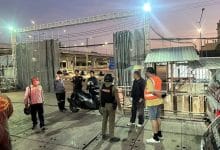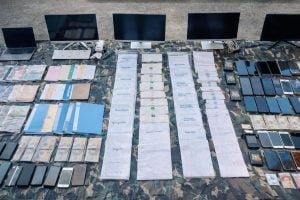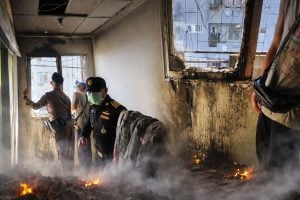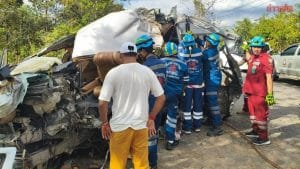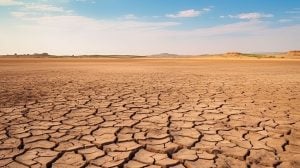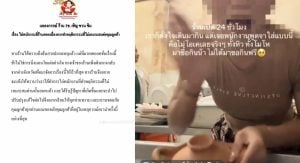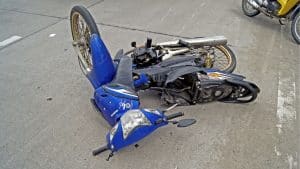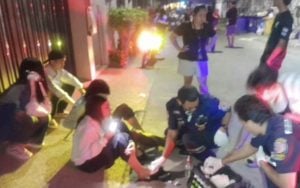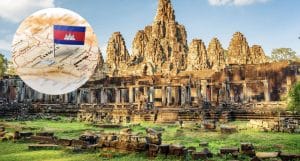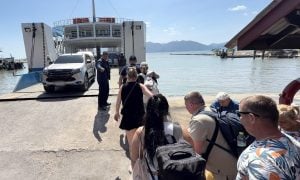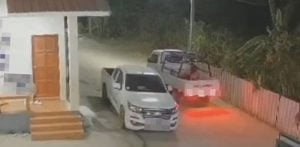Dust levels at Chatuchak building site exceed safety limits
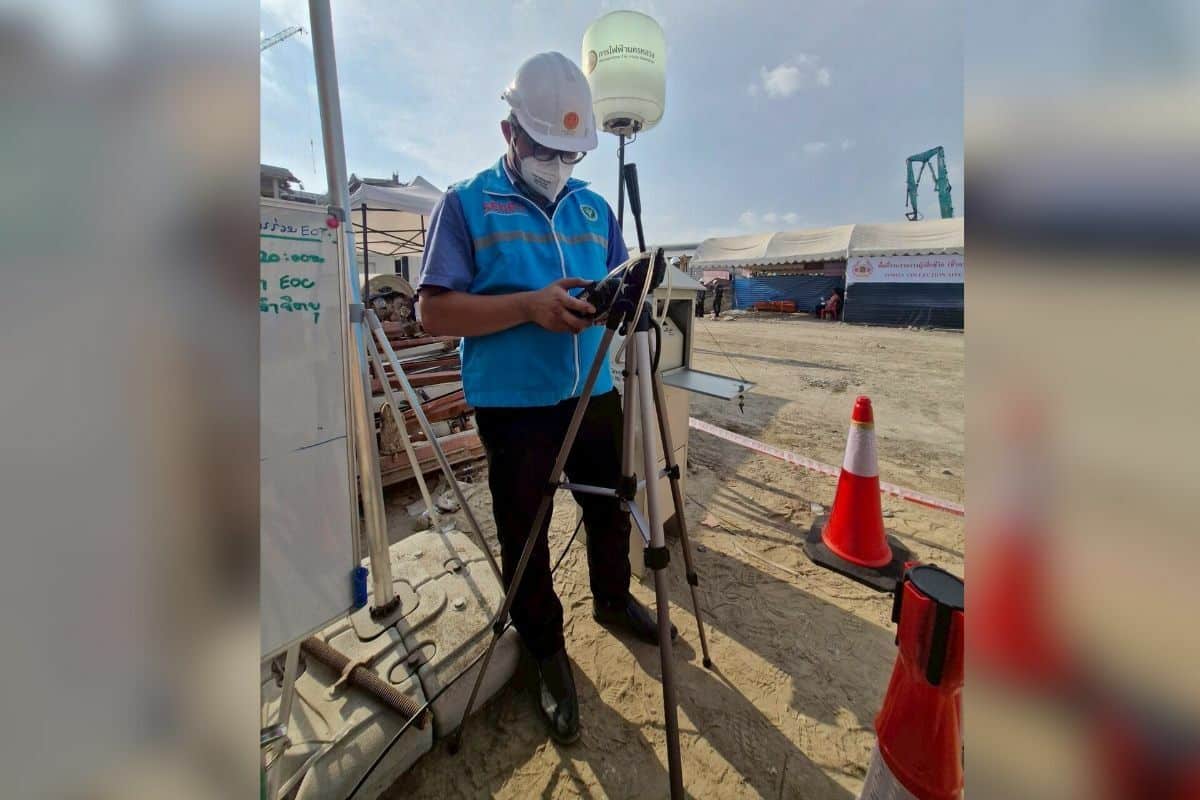
The Department of Health has reported that tests on the site of the collapsed SAO building show levels of heavy metals and asbestos within the normal range, but PM10 dust levels exceed standards, potentially requiring long-term monitoring.
Yesterday, April 18, Dr Amporn Benjapolpitak, Director-General of the Department of Health, Ministry of Public Health, revealed that a team from SEhRT was dispatched to the temporary shelter at JJ Mall, Chatuchak, to assess risks. They conducted measurements of fine particulate matter around the building collapse site and continuously monitored air quality within the shelter.
The aim was to reassure the public, rescue workers, and relatives of those affected by the earthquake in Myanmar. The Department of Health also expressed concern over the food and water for personnel on site, providing test kits for bacterial contamination in both.
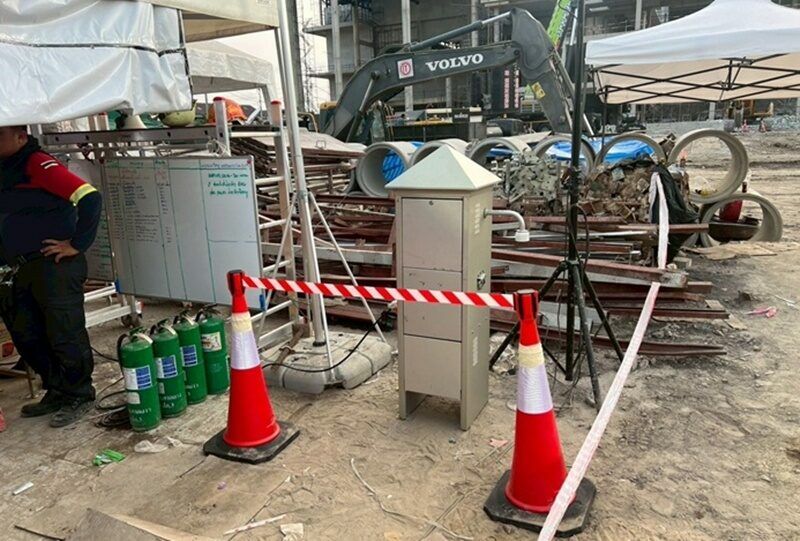
Deputy Director-General, Dr Thiti Sawangtham, stated that the SEhRT team conducted air quality assessments at two locations. The first was within the shelter tent (organised by the Kanjomphalang Foundation), where preliminary air quality tests on April 4-5 detected PM10 levels ranging from 49.1 to 109.1 µg/m3, and PM2.5 levels from 24.2 to 42.9 µg/m3. Total Volatile Organic Compounds (TVOC) showed a concentration of 160 ppb. While most readings were within standard limits, some areas had PM levels above the norm, warranting long-term vigilance.
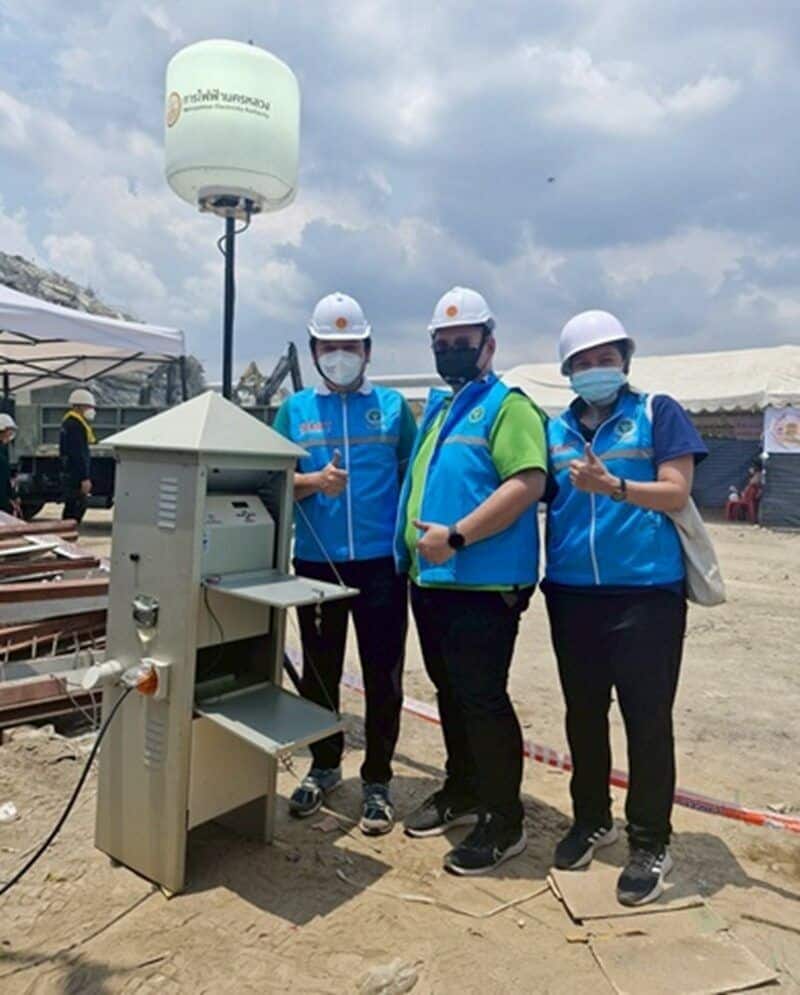
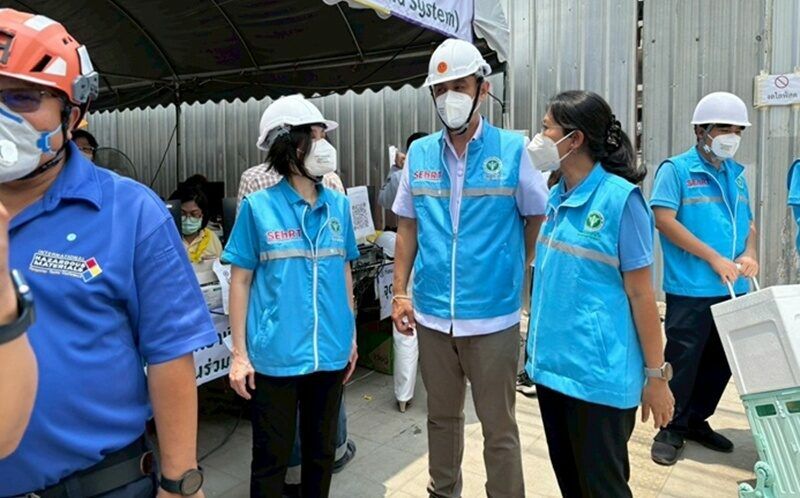
The second location was the general atmosphere at the incident site, in front of the command centre tent, where air samples were collected for analysis of total suspended particulates (TSP) and heavy metals, including mercury, lead, cadmium, copper, and chromium. Asbestos samples were also collected. Results indicated heavy metal and asbestos levels within standards, but TSP was 808 µg/m3, surpassing the national environmental standard of 330 µg/m3.
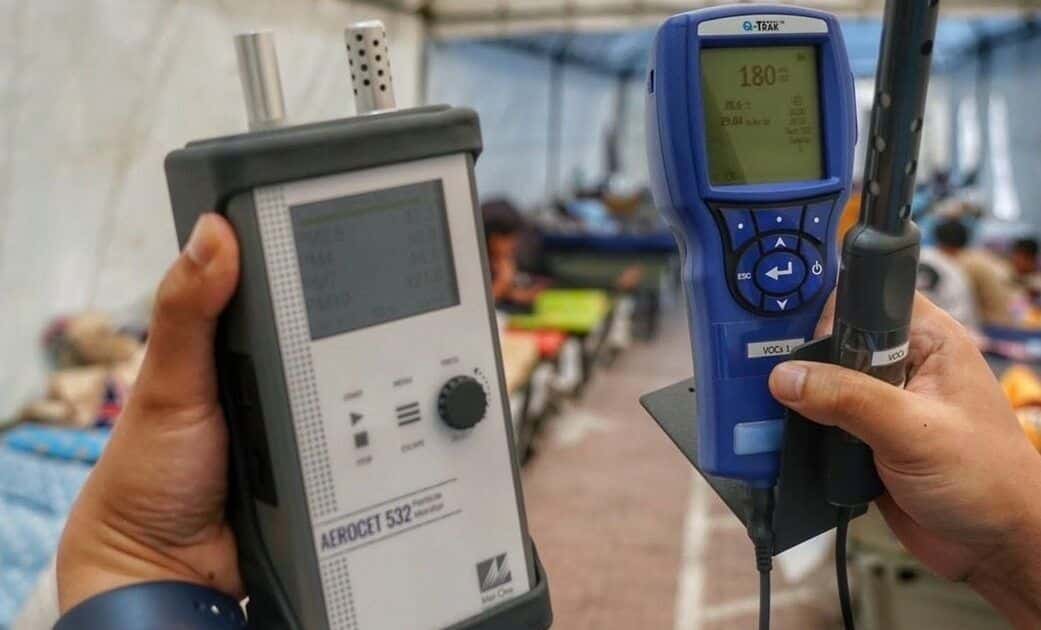
Consequently, results were communicated to Associate Professor Tawida Kamolvej, Deputy Governor of Bangkok, to coordinate guidance requiring personnel frequently exposed to dust to wear personal protective equipment (PPE), such as N95 masks and goggles. Immediate body cleansing is advised if skin irritation occurs, and dust-free zones should be established to minimise health risks for workers, reported KhaoSod.
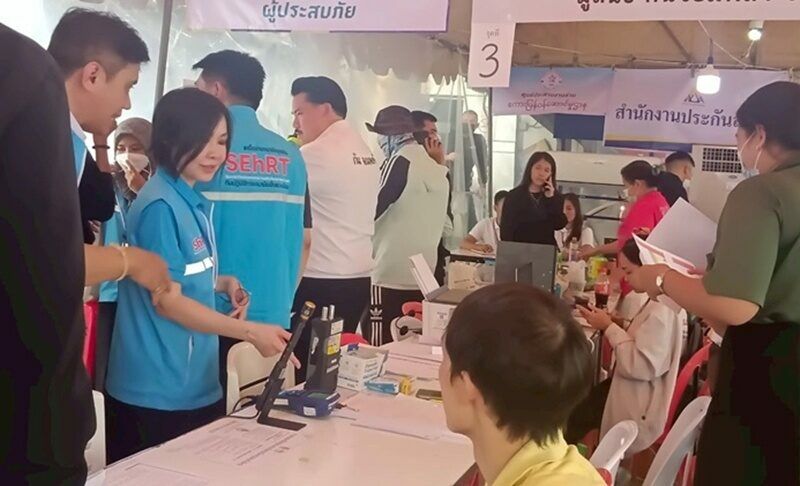
For the relatives of victims residing in the shelter, measures should be implemented to prevent dust-laden air from entering the tents. Residents are also advised to wear face masks to protect their health, according to Dr Thiti.
Latest Thailand News
Follow The Thaiger on Google News:
